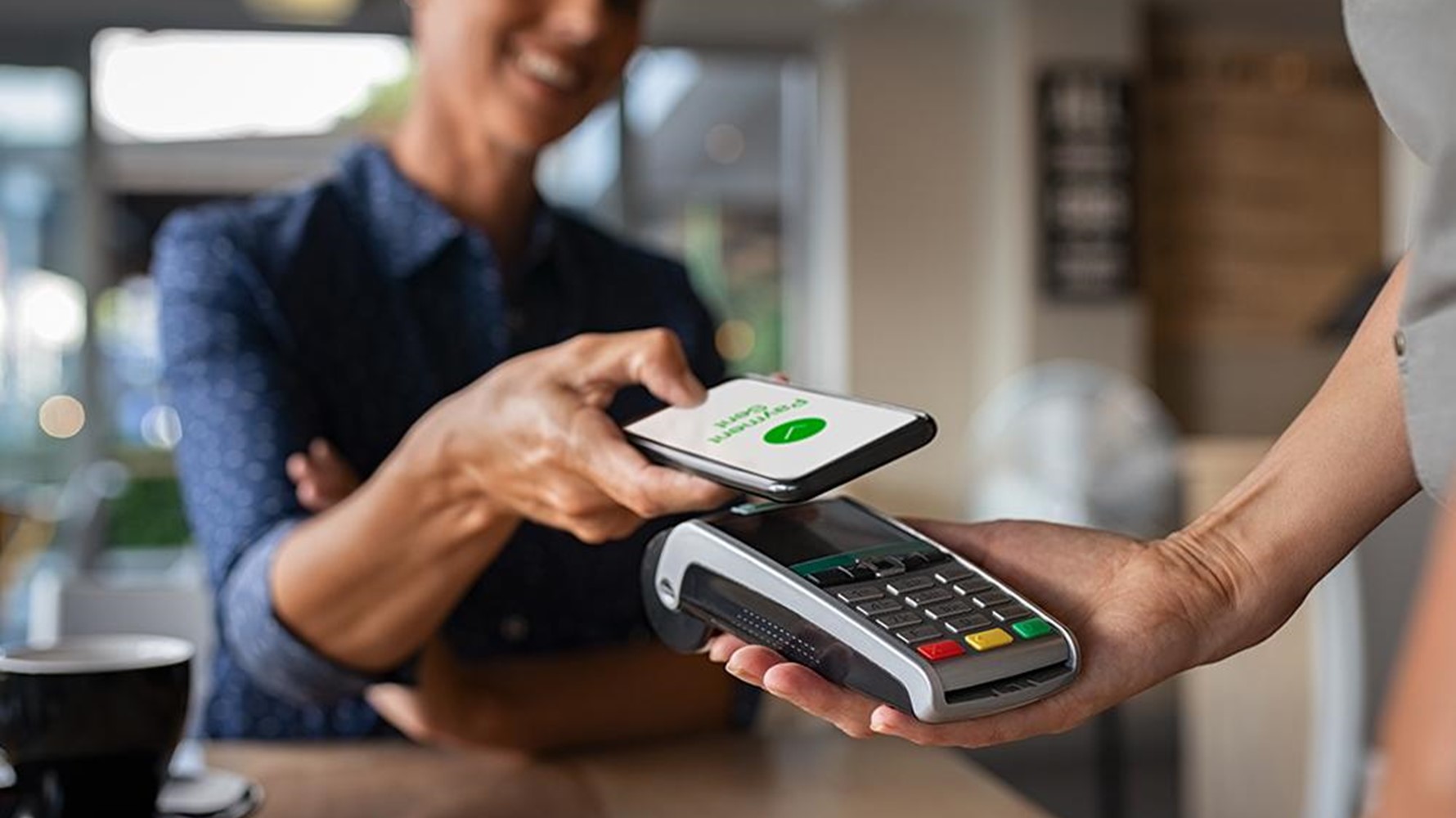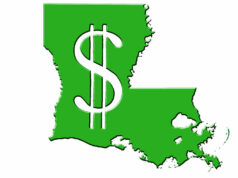Modern payment systems have become an integral part of our lives. Every day we use them to carry out various operations – making purchases in a grocery store or entering data from it in an online store – and do not think about how they work. In this article, we will understand what types of payment systems there are and what they are needed for.
What is a payment system and how does it work
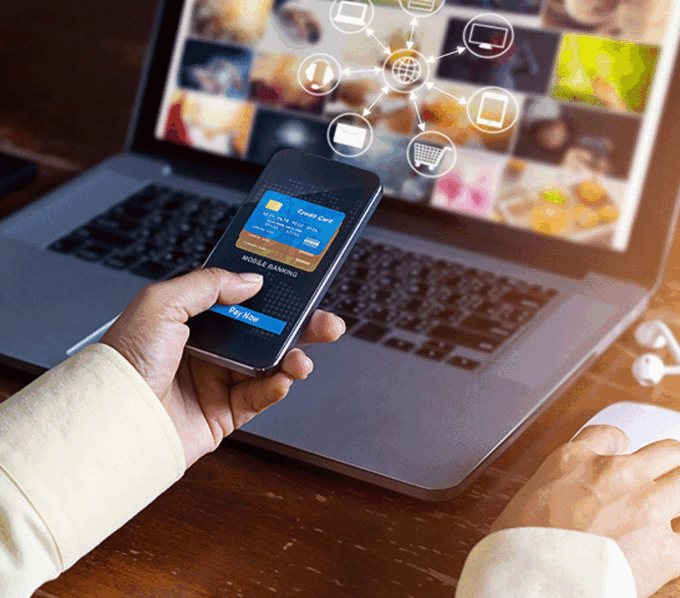
A payment system is a special service through which non-cash transfers of money or their analogs (for example, virtual coins) are made. In simple words, it is an intermediary between the buyer’s bank and the seller’s bank.
Any bank card is connected to a specific payment system. Their benefits may vary, but they all create secure transactions, as well as ensure smooth operation and processing of large volumes of data.
The principle of operation of payment systems is as follows:
- First, the client selects a service. This could be, for example, replenishing a mobile phone account or a money transfer;
- He then determines which card the transaction will be made from;
- Then he enters his card details;
- Next comes the client’s bank’s turn – it identifies the buyer and allows the payment system to debit funds from the account;
- After this, the payment system “informs” the recipient’s bank that the transfer has been made. The bank, in turn, confirms the payment by sending a corresponding notification.
From the outside, this process looks complicated and lengthy, but in reality, it takes less than one minute.
It is important to note that all payment systems are interested in ensuring the security of transactions, and therefore data transfer is encrypted using a special digital code, which is quite difficult to crack. However, if fraudsters still try to do this, the system will automatically block the card and transmit information about the incident to its owner.
Types of payment systems
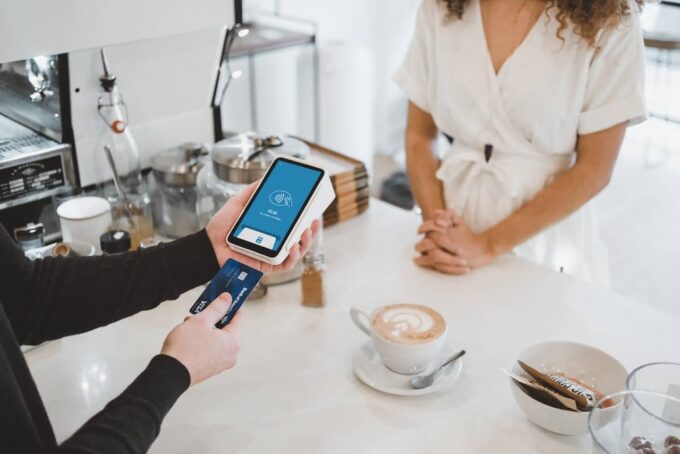
There are a whole variety of payment systems that differ in various parameters: for example, territorial coverage, commission size, or transaction methods. Among the most popular of them are the following:
- Debit and credit cards;
- Mobile payments;
- Bank transfers (eg SWIFT);
- Electronic wallets;
- Payment systems based on NFC technology and QR codes;
- International payment systems (for example, Transferra).
International payment system Transferra
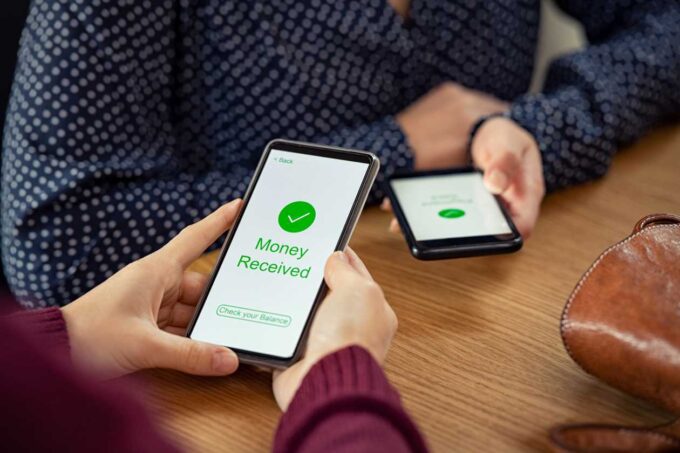
Recently, there has been a noticeable increase in interest in the international payment system, which appeared in the UK in 2020. However, it has only recently begun to gain popularity: this PS will soon become one of the largest payment systems, even though it is currently possible to make transfers in 10 currencies.
This is an ideal platform for business owners because thanks to this international payment system your business can reach an international level.
What to look for when choosing a payment system?
When choosing a foreign payment system, you should pay attention to the following features:
- Reputation. Customer reviews can tell about the advantages and disadvantages of the platform better than statements from the service owners. The year the company was founded is also important: the longer it is on the market, the more trust there is in it;
- Commission. As a rule, international payment systems offer various service packages and terms of cooperation, which determine the size of the commission. Study the user agreement and other documents, contact technical support to find the most profitable option, and make sure there are no hidden fees;
- Relevance for clients. You should focus on your target audience. It is important to make sure that the service serves the region you are working with;
- Convenience. An intuitive interface makes the purchasing process more enjoyable for the customer. Services with an overly complex payment system, where a transaction requires going through a complex path, can lead to the loss of some customers;
- Deadlines for withdrawal of funds. For most foreign payment systems, this period is standard: money arrives in your account within 5-7 business days. However, it is important to review the terms of use. In some cases, the withdrawal period can take up to a week or more;
- Connection process. The balance between security and long bureaucratic red tape is important. A system with a simple wiring diagram may cause more losses due to the time spent on getting it up and running.
How to connect and set up a payment system
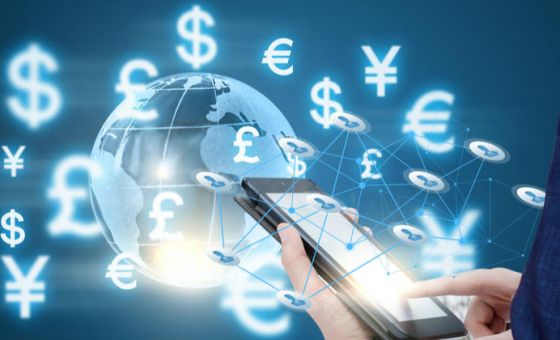
Almost all services are connected using the same algorithm. First, the client submits an application indicating his registration data as an individual entrepreneur or legal entity. For individuals, the application must include information from the passport and TIN.
Depending on the specifics of the payment system, managers may request additional information, for example, about goods or services sold through the business, and planned transaction volumes. Most often, this information is necessary to select the optimal tariff.
If the application is properly completed and the business meets the requirements of the PS, a formal cooperation agreement is concluded. The site owner receives detailed installation instructions and a module responsible for online payments.
Among the module settings, the most important are:
- Business name;
- Payment description;
- Step-by-step instructions for the client when paying for goods/services;
- Time to pay the bill;
- Method of notification of the client’s account status;
- Name of the “working” currency.
If an aggregator is used as a PS, it is necessary to determine possible options for accepting payment, for example, from a mobile device account, through terminals, bank cards or transfers, electronic wallets, etc.
Is it possible to accept payments without registering as an individual entrepreneur?
Tightening legislation in the field of electronic payment systems has led to many services refusing to work with individuals. Therefore, business owners who are not registered as legal entities or individual entrepreneurs can only work with foreign payment systems or look among domestic services for those who are ready to offer their services to a wide range of clients.
Please note that you cannot do this without an identification procedure. Individuals will have to present:
- Passport details;
- Details of electronic wallets for attaching them to your account;
- Additional identification documents – driver’s license, military ID.
In some cases, you will need to visit the company’s office or undergo video identification. Such difficulties are often introduced by foreign PSs.

